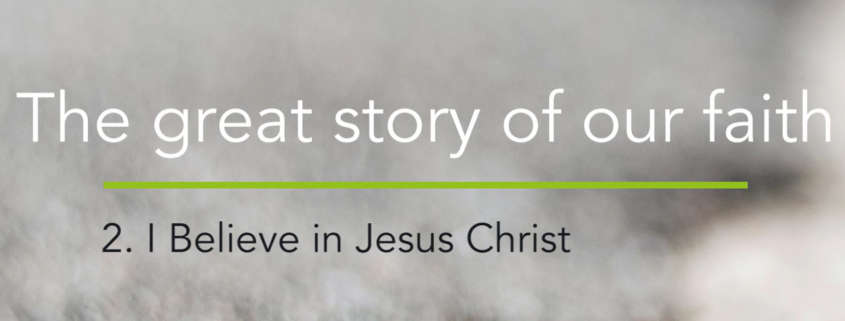Fifty years ago on this day in 1962, Pope John XXIII inaugurated the Second Vatican Council – a great assembly of the Roman Catholic Church from all across the world to attempt a great work of re-sourcing Christian theology and identity in the life of the Church in the modern age.
The Council met every October to December for five years (much longer than first intended). It produced a significant agenda for change in the Roman Catholic Church: a new understanding of the Church; a more positive and generous attitude to the world; liturgy in the mother tongue and not only in Latin; a more coherent embracing of biblical scholarship and the insights of charismatic renewal; an openness to greater collegiality and collaboration and a more positive approach to ecumenical endeavour and to sharing the faith.
Less than twenty years after the end of the Second World War, as society emerged into the modern era, the Catholic Church found a confidence to embrace a vision of a global Church and Communion, a sacrament and sign of God’s love in the world. For a recent, readable and detailed history see John W. O’Malley, What happened at Vatican 2, Harvard, 201.
This morning in a Solemn Pontifical Mass in the same St. Peter’s Square, the Pope remembered Vatican II and the many rich blessings which flowed from its meeting. The Archbishop of Canterbury and the Ecumenical Patriarch were both present along with many Cardinals, Bishops and Archbishops from across the world and thousands of priests and laity filling St. Peter’s Square.
Pope Benedict XVI also inaugurated this morning the Year of Faith to mark the 50 years from the beginning of the Council, a Year which will be kept in every Catholic parish across the world: a year of prayer to deepen the whole faith of the Church and a prayer for a deeper experience of the new evangelisation – the theme of the Synod of Bishops. Like everything else about this Synod, the call to faith is Christocentric: it is call to focus on Jesus Christ, the pioneer and perfector of our faith (Hebrews 12.2).
Pope Benedict spoke in his homily of the tension which was present in Vatican II and which is present today:
… we can understand what I myself felt at the time: during the Council there was an emotional tension as we faced the common task of making the truth and beauty of the faith shine out in our time, without sacrificing it to the demands of the present or leaving it tied to the past: the eternal presence of God resounds in the faith, transcending time, yet it can only be welcomed by us in our own unrepeatable today. Therefore I believe that the most important thing, especially on such a significant occasion as this, is to revive in the whole Church that positive tension, that yearning to announce Christ again to contemporary man.
The Pope pointed the Church back to the actual documents produced by the Council as a source of renewal, theological study and apologetics and on to the Catechism of the Catholic Church, published twenty years ago today, as a summary of Catholic doctrine and a tool for teaching the faith.
Will these new ventures make a difference? As we looked back fifty years this morning, there was a real sense of thanksgiving for the changes effected through Vatican II. The Catholic Church acknowledges that change in an every changing world is not easy. Yet change there has certainly been. There is no doubt that Vatican 2 was one of the most significant Christian gatherings of the 20th Century. The documents and history deserve to be better read and more widely understood.
What fills me with more hope than anything is the determination which comes through in almost every service, discussion and Synod session I have attended here that the Church must be drawn back to Christ, hear the gospel afresh and so renewed in God’s mission for the coming years.

